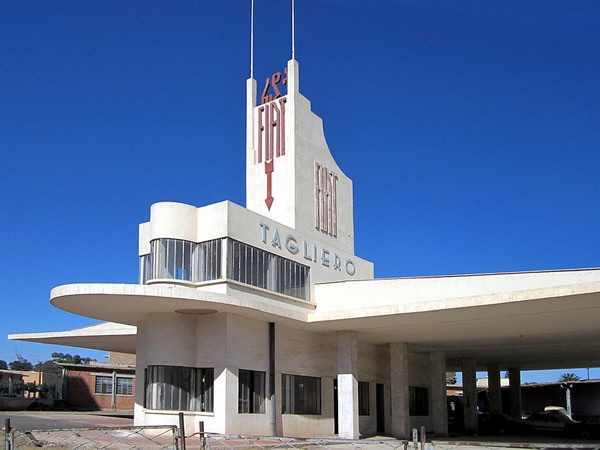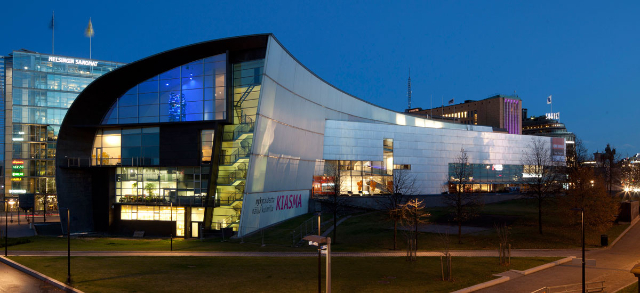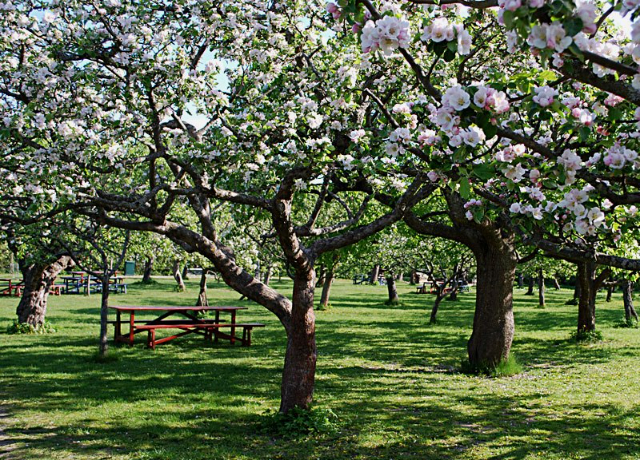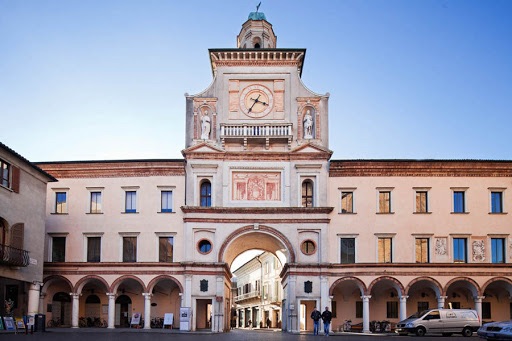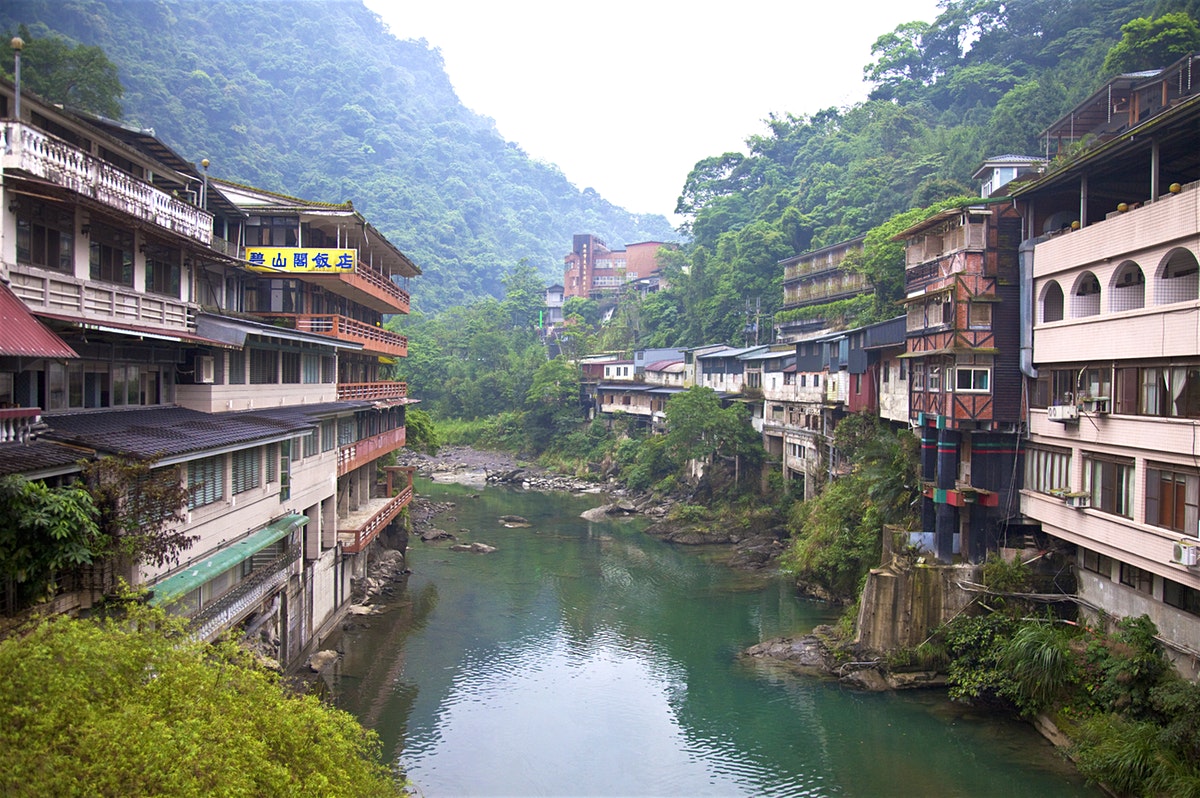Asmara, the capital of Eritrea, is one of the last places recognized as a UNESCO World Heritage Site, chosen because it "represents probably the largest and most intact concentration of modernist architecture in the world." Seen from here, the special thing about Asmara is that it was designed by Italian architects in the 1930s, the period of Eritrea’s greatest development during the time it was an Italian colony, which began in 1890, peaked under the fascist regime and ended in 1941. Asmara is still full of these buildings – there are about 400 of them, including private villas, pharmacies, cinemas, bars, gas stations and government buildings – which survived the time due to the isolation of the country during the Ethiopian occupation, and rediscovered in the 1990s after independence. Flipping through the photos of these buildings seems to lose oneself in a more colorful and dusty version of Latina and Sabaudia and some other scattered corners of Italy, from Rome to Milan.
